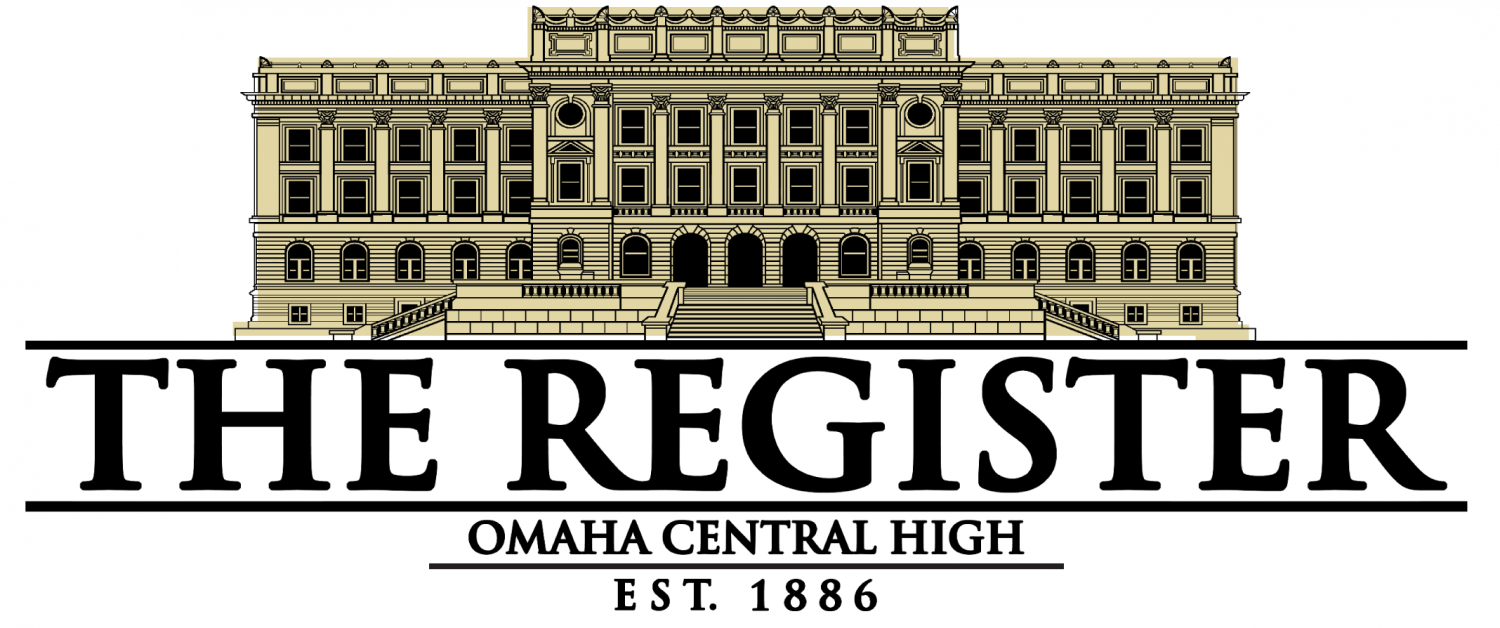Your donation will support the student journalists of Omaha Central High School. Your contribution will allow us to purchase equipment and cover our annual website hosting costs.
Digital reading fails to compare to physical
February 23, 2023
Ever since digital devices or online platforms have provided an alternative method of reading to physical books, the argument over which is better has raged through society. I have tried them all: I own a kindle, a bookshelf overflowing with paperback and hardcover copies of books, and I make regular use of the Omaha Public Library app that allows me to read on my phone.
About a month ago, I purchased an Amazon Paperwhite Kindle. This Kindle is essentially a small tablet with a screen that uses minimal brightness, mimicking the appearance of a paperback book’s page. It is an incredibly convenient device. Instead of carrying around a heavy stack of three different books wherever I go, I can simply grab a lightweight tablet that fits easily into my bag but holds a virtually unlimited number of texts. I no longer need to worry whether I’ll finish one of my books while at school; I have a device that can store everything I want to read for the next six months. Amazon’s Kindle even offers affordability with its convenience: through the Omaha Public Library, I can load library books onto my Kindle which allows me to read a vast number of titles for no extra charge. The service Kindle Unlimited gives the Kindle owner access to thousands of books for a standard monthly charge. If I want to read a book offered by the Omaha Public Library or Kindle Unlimited, this is a perfect deal. But there are some issues that arise when acquiring a book that is not on either service.
Last week, I was attempting to find a way to read Donna Tartt’s “The Goldfinch.” I had just finished her novel “The Secret History,” and I found myself needing to consume more of her writing immediately. Naturally, I grabbed my Kindle to see the price for Tartt’s novel. I was astounded to see it available on Kindle for the price of twelve dollars and ninety-nine cents. A price almost equivalent to the cost of a paperback book for a digital copy seems ridiculously unreasonable. This case of a high price for a pdf file of a book was not a sole occurrence with “The Goldfinch”; almost every other title available on the Kindle store cost only a few dollars less than a paperback novel.
During the school day, I frequently find myself opening the Omaha Public Library’s mobile app. It allows me to read on my phone for free instead of having to make a trip to the library. Although it is free and convenient, I find myself wishing that more of my favorite books were available through the library. Most of the books I want to read are not listed in the catalogue, or have multiple weeks, or even months, of a wait before I can check them out.
With all of these difficulties with digital applications, I typically end up returning to the classic method of reading. Physical novels, though typically pricy, prove the most enjoyable and accessible method of reading. Being able to purchase different editions of books in order to enjoy different illustrators’ works or different layouts is one of my favorite parts of reading. I own 4 copies of my favorite book, 2 of which I purchased from thrift stores and have other people’s notes and insight shared in the margins. This experience is simply not possible with a digital book.
With physical novels, I can scrawl in the margins, fold the corners of pages in, and enjoy the crisp scent of a new book. So even though it is not the most convenient, I enjoy reading a paperback book more than reading on my phone or a Kindle.
